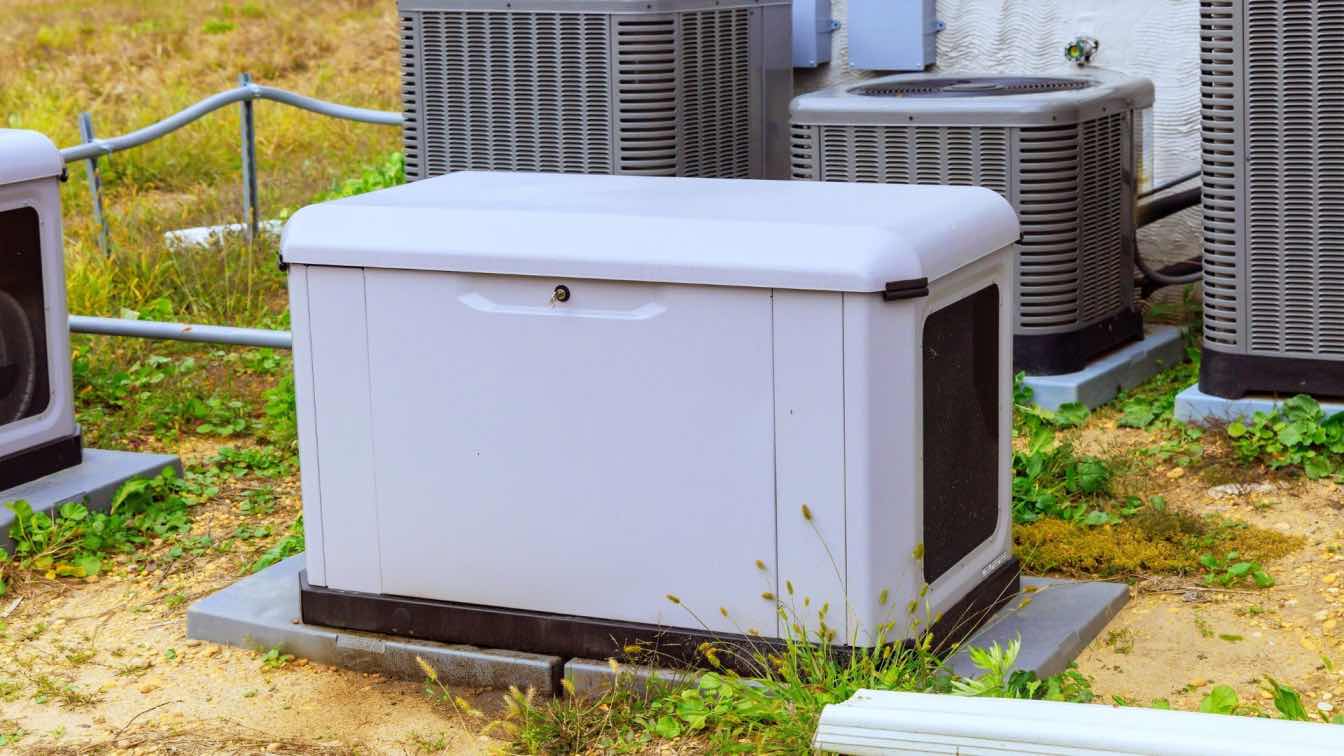Have you ever heard of rammed earth construction? This method of making walls and homes has been around for thousands of years; you’re probably familiar with it even if you didn’t know what it was called until today!
Creating walls that harden into what is essentially solid stone is one of the oldest ways of making structures, but it isn’t the most common method used in modern times. Still, some people find this construction method an eco-friendly option in certain locations, environments, and home types.
Learn all about rammed earth walls and house construction today!
How Rammed Earth Homes are Made
The rammed earth construction method has been used for centuries, with the earliest examples dating back to neolithic ages. While materials used for construction have changed, the general methodology remains the same..
A damp mixture of soil is compacted until it stabilizes into a stone-like form to make rammed earth walls and houses. The soil is typically a mixture of gravel, clay, and sand, but mixtures may also contain stabilizers like cement and even pigments for color.
Temporary frames are used to create the necessary structure and filled with soil. Today, construction workers use pneumatically powered tools to compress the soil into its final form rapidly, but this would have been an incredibly laborious process in the past.
 image © Jeff Goldberg/Esto - DUST
image © Jeff Goldberg/Esto - DUST
The Cost of Rammed Earth Structures
In the past, earth construction was often considered one of the most affordable and natural housing options, which is why it has shown up throughout history in so many parts of the world. How affordable are rammed earth homes compared to other high-quality homes?
Darren Robertson, a Realtor in Falls Church, Virginia, explains, “Rammed earth walls and houses are more expensive than conventional building materials despite historically being one of the most affordable options. When compared by size, upfront costs are likely to be much higher, but long-term maintenance may be less expensive. Additionally, the houses have much less impact on the environment, so this is worth the upcharge to many.”
Pros and Cons
As with all types of construction, there are both pros and cons to rammed earth walls and houses. Knowing these positives and negatives is key for making a rounded decision on whether or not they’re a good fit for your needs.
Pros
Unique Style
One of the most interesting things about rammed earth construction is the style of the finished product. Due to the stratification of how the walls are finished, structures created with this method often have lines and stripes that resemble sedimentary layers of the earth. The uniquely thick walls used for rammed earth lead to interesting windowsills, doorways, and more.
Low Carbon Footprint
Many love rammed earth walls, houses, and other structures due to the low carbon footprint that accompanies this construction method. This low footprint comes in two ways. First, rammed earth methods typically rely on local materials, so there are fewer emissions in transporting and creating building materials.
Second, structures created from rammed earth have lower energy costs and less impact on the environment, leading to a lower carbon footprint.
Adaptability
One big drawback of rammed earth construction is also one of its positives. This method doesn’t supply much more than walls and support. While this means that finishing touches like insulation, design, and energy efficiency must be added, it also means that the style can be adapted for nearly any environment, design style, and living desires.
Whether you want to live off-grid or in a neighborhood, rammed earth walls or structures could provide what you hope to add to your property. Many love the unique possibilities it provides.
Cons
Lack of Building Codes
Natural construction methods like rammed earth construction often are not included in traditional building codes. This can make it difficult to get approval to build this type of wall or house in some regions. In other areas, the structures are permitted under unconventional construction codes, but you will need to pay a specialized engineer to ensure structure surety which can be costly.
Climate Concerns
While rammed earth construction is great for the environment, it’s not always the right choice in every environment. Rammed earth buildings can be made fireproof and in ways that withstand earthquakes. However, the materials used for the soil must be carefully considered to match the temperature and humidity of the location or the walls could degrade rapidly.
Structure Design
Curves can be hard to do with rammed earth construction. Even when curved forms are created, applying this methodology to circles is likely to be even more costly due to its time to apply this ancient technique. For this reason, many rammed earth houses are box-shaped. Using it on smaller structures, like a wall, can be less trying.
Is Rammed Earth Right For You?
The rammed earth technique is as beautiful as it is ancient, and it’s unlikely that we will ever see this construction form truly disappear. However, this method is not always the most cost-efficient. Rammed earth structures are a great option for low-maintenance or off-grid living, but some will find conventional materials to be a better option in modern times.





